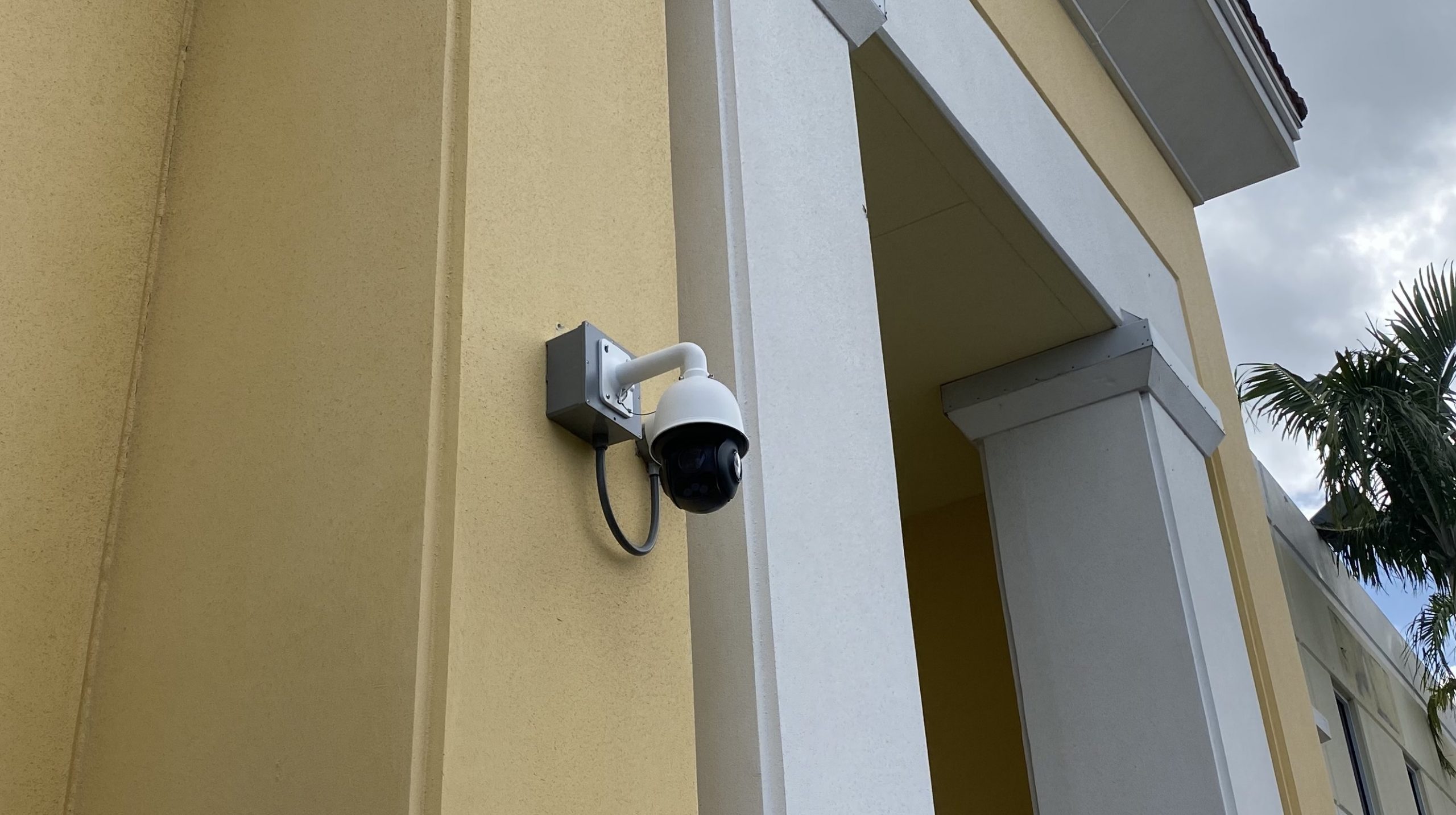
Image Source – Google
PTZ (Pan-Tilt-Zoom) cameras are a popular choice for many surveillance and security applications due to their ability to cover a wide area and provide detailed footage. However, installing PTZ cameras can be a bit more complex than traditional fixed cameras. In this ultimate guide, we will provide you with tips and tricks for successful PTZ camera installation.
The first step in PTZ camera installation is to carefully plan out the placement of the camera. Consider the area you want to monitor and the coverage you need. Make sure to choose a location that provides a good vantage point and unobstructed view. It's also important to consider factors such as lighting, wiring, and potential obstacles that could interfere with the camera's movement.
Before you start the installation process, make sure to read the manufacturer's instructions carefully. Familiarize yourself with the camera's features and functions, as well as any specific requirements for installation. This will help ensure that the camera is installed correctly and functions properly.
When mounting the PTZ camera, make sure to use a sturdy and secure mount that can support the weight of the camera. It's important to ensure that the camera is mounted at the correct angle to provide the best possible coverage. Take the time to carefully adjust the pan, tilt, and zoom settings to optimize the camera's field of view.
Proper cable management is essential for a successful PTZ camera installation. Make sure to carefully route and secure the cables to prevent any damage or interference with the camera's movement. Use weatherproof connectors and cables to protect the camera from the elements, especially if it will be installed outdoors.
Calibrating the PTZ camera is an important step in the installation process. This involves setting the camera's home position, limits, and presets to ensure smooth and accurate movement. Follow the manufacturer's instructions for calibrating the camera, and take the time to test and adjust the settings as needed.
When connecting the PTZ camera to your surveillance system, make sure to follow the proper wiring and configuration guidelines. Use high-quality cables and connectors to ensure a reliable connection and optimal performance. Test the camera's functionality by checking the video feed, pan, tilt, and zoom controls to make sure everything is working correctly.
It's also important to consider the security and privacy implications of installing PTZ cameras. Make sure to comply with any relevant laws and regulations regarding video surveillance, especially in sensitive areas such as residential neighborhoods or public spaces. Take steps to secure the camera's feed and prevent unauthorized access to the footage.
Regular maintenance and monitoring are essential for ensuring the long-term performance of PTZ cameras. Check the camera regularly for any signs of damage or malfunction, and clean the lens and housing as needed to maintain optimal image quality. Keep an eye on the camera's performance and make adjustments as necessary to ensure it continues to meet your surveillance needs.
In conclusion, installing PTZ cameras requires careful planning, precise installation, and thorough testing to ensure success. By following the tips and tricks outlined in this guide, you can effectively install and configure PTZ cameras for optimal surveillance and security coverage. Remember to consult the manufacturer's instructions and seek professional help if needed to ensure a successful PTZ camera installation.
/cdn.vox-cdn.com/uploads/chorus_image/image/51867435/Eli_Preferred_Headshot.0.jpeg)